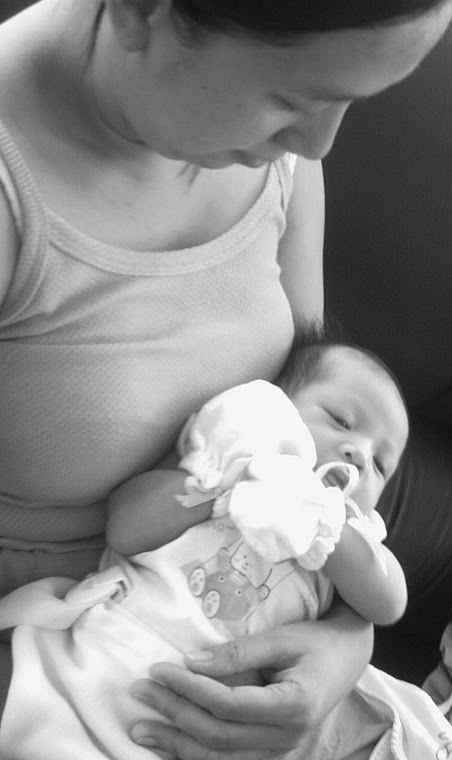Yesterday I received from a friend a text message which really made my day. The text message was not hilarious but it made me laugh for a while. Here’s the text message:
ALZHEIMERS EYE TEST
Count every “F” in the following text:
FINISHED FILES ARE THE RESULT OF YEARS OF SCIENTIFIC STUDY COMBINED WITH THE EXPERIENCE OF YEARS. . . .
How many?
3?
Wrong!
There are 6, no joke! Read it again.
Why?
The brain cannot process the word “of”.
Incredible or what? Go back and look again!
Honestly, I counted only three (3) F’s when I read that message in my cellphone. I just don’t know if that’s because of the fact that the letters in my mobile phone is smaller than the letters here in my computer, or I really am in danger of having an Alzheimer’s disease. In also made me ponder if the other people who received that same text message had similar experience. How about you, how “F’s” did you count?
Alzheimer's Disease, commonest form of dementia. It causes progressive irreversible damage to the brain and usually leads to death within a few years of its onset. Its cardinal symptoms are loss of memory followed by a more general impairment in mental functioning and disturbance in behavior. It is increasingly common with age, so that about a third of those over 90 years old will be affected. With the growing number of elderly, it has become one of the most serious social and health problems of developed countries.
The symptoms of Alzheimer’s disease vary between individuals but there are certain common features. The disease is usually first noticed by problems with short-term (recent) memory that may initially be put down to the changes of normal ageing. However, if the forgetfulness is persistent (for example, if the person repeatedly asks the same question within a few hours), and especially if it involves forgetting not so much where things are but what they are used for, then it is likely to be due to a disease process. Other changes in this early phase may include disorientation, such as getting lost in familiar surroundings, missing appointments, or doing things at inappropriate times. Relatives may be accused of hiding or stealing things, and signs of irritability may cause distress to others. Difficulty in language, such as finding words, may occur. People in employment begin to have problems in dealing with common situations. The afflicted person may be aware of their problems and frequently they become depressed.
The next stage of the disease is characterized by changes in the activities of everyday life that immediately become obvious to those around the person. Difficulty in dressing, laying the table for a meal, shopping, and sometimes in personal care can occur. The sufferer may be found wandering away from home. Speech and behavior are affected, which leads relatives to think that there has been a change in personality. Sometimes, psychotic symptoms occur, such as delusions and hallucinations. This is a particularly trying time for friends and relatives. It lasts about three or four years.
The final stage is one of complete dependence, when the person often stays put for many hours at a time and needs constant care and support. Memory loss is often total with the upsetting result that the spouse or child is no longer recognized. Physical changes may become apparent. Eventually, the sufferer cannot cope with common infections and may die from pneumonia or a urinary tract infection. This phase lasts about two years.
The time-course of Alzheimer’s disease varies, but from first symptoms to death is usually about seven to eight years. Younger sufferers (those below 60) often show a more rapid progression, while some older patients may survive for 10 or 15 years.
Microsoft® Encarta® Encyclopedia 2003. © 1993-2002 Microsoft Corporation. All rights reserved.
Friday, May 30, 2008
Subscribe to:
Post Comments (Atom)


















No comments:
Post a Comment
I'd like to hear from you . . . .